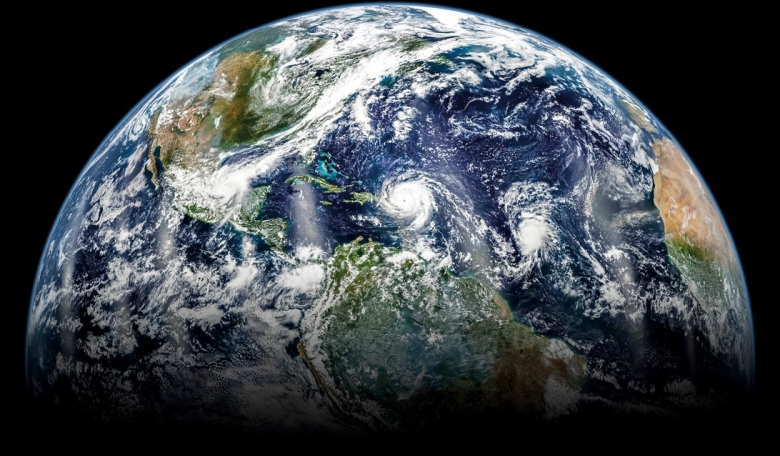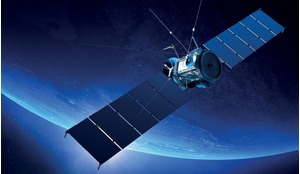Since the start of this year, the world has been in the grips of the novel Coronavirus (SARS-COV-2 or COVID-19), which first broke out in Wuhan, China, and spread to every continent except Antarctica. Despite the best efforts of governments and people the world over, millions have been infected and fatalities - already numbering in the hundreds of thousands - continue to climb. The economic and social consequences, not to mention geopolitical fallout, are expected to linger for years to come. How can the space community learn from this and respond to a future pandemic in space?
Upon returning to Earth on 17 April 2020, following her 200-day mission on the International Space Station, NASA astronaut Jessica Meir described the situation unfolding on the planet as “quite surreal”. Indeed the world had changed significantly during her relatively short orbital mission.
The coronavirus has raised serious questions about the ability of the world to detect, respond to and contain an outbreak on Earth. As humanity begins to venture further afield and establish more permanent residence in space, responding to a pandemic in space, or a virus originating from space, are real and pressing issues that need to be addressed.
As a fragile, organic organism adapted to life on Earth, human beings are susceptible to all sorts of diseases and viruses. The side-effects of weightlessness and prolonged radiation exposure aside, recent research has demonstrated that long-term space habitation, and the stress caused by being confined to small spaces and separation anxiety, may reactivate certain zoster viruses that cause herpes, shingles and even chickenpox. Such viral reactivation is of course detrimental to the overall health of a population of whatever size, and may spread through human-to-human contact which is unavoidable in cramped spaces. Left untreated, these viruses may result in nerve damage, permanent vision and hearing loss, or even death in more severe cases or among certain age groups.
To date, the only known ‘mass infection’ in space occurred during the 1968 Apollo 7 mission. All three crew members developed respiratory infections and sinus congestion, and the artificial cabin pressure caused severe ear aches. This resulted in heightened tensions and ‘near-mutiny’ which jeopardised the mission.














